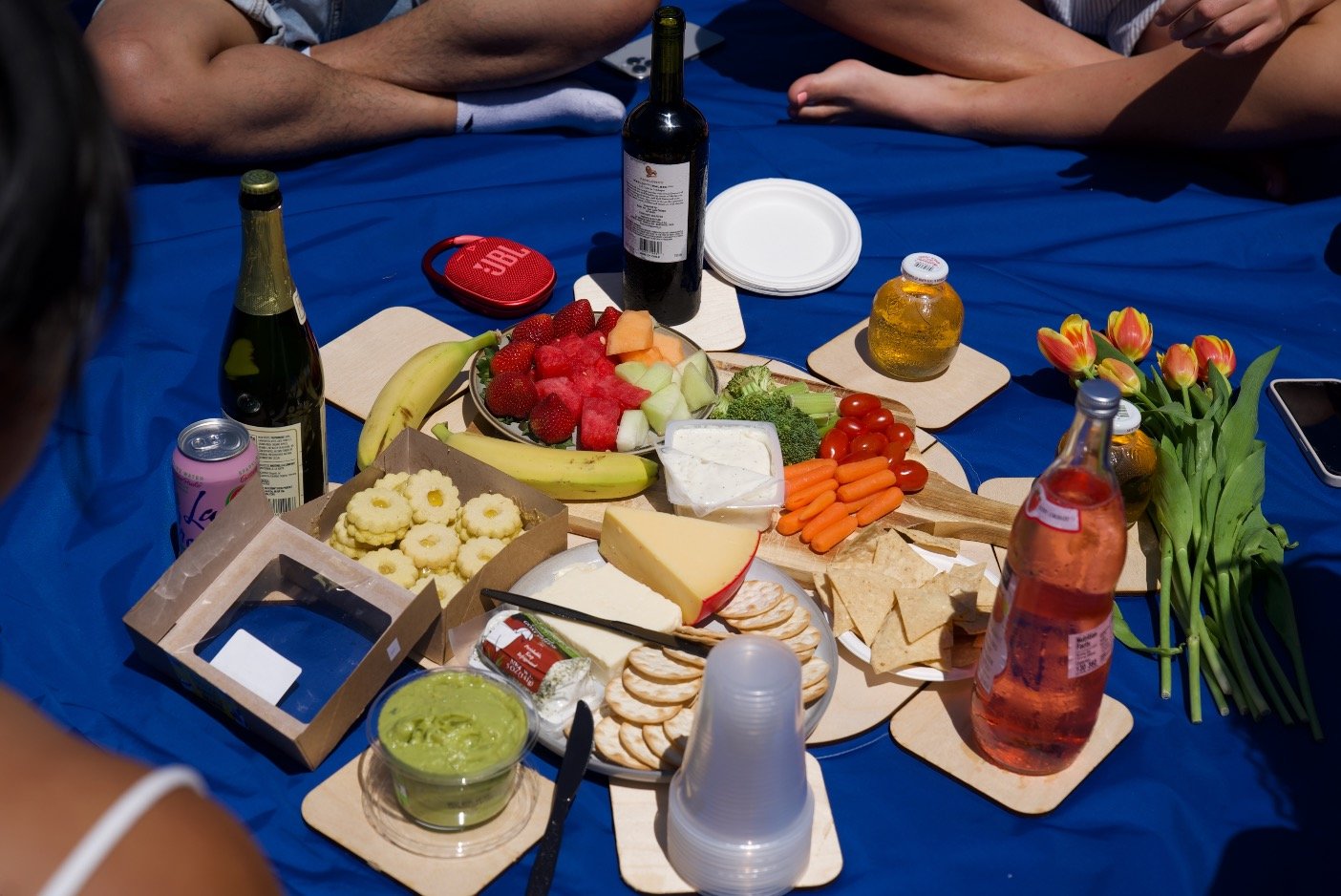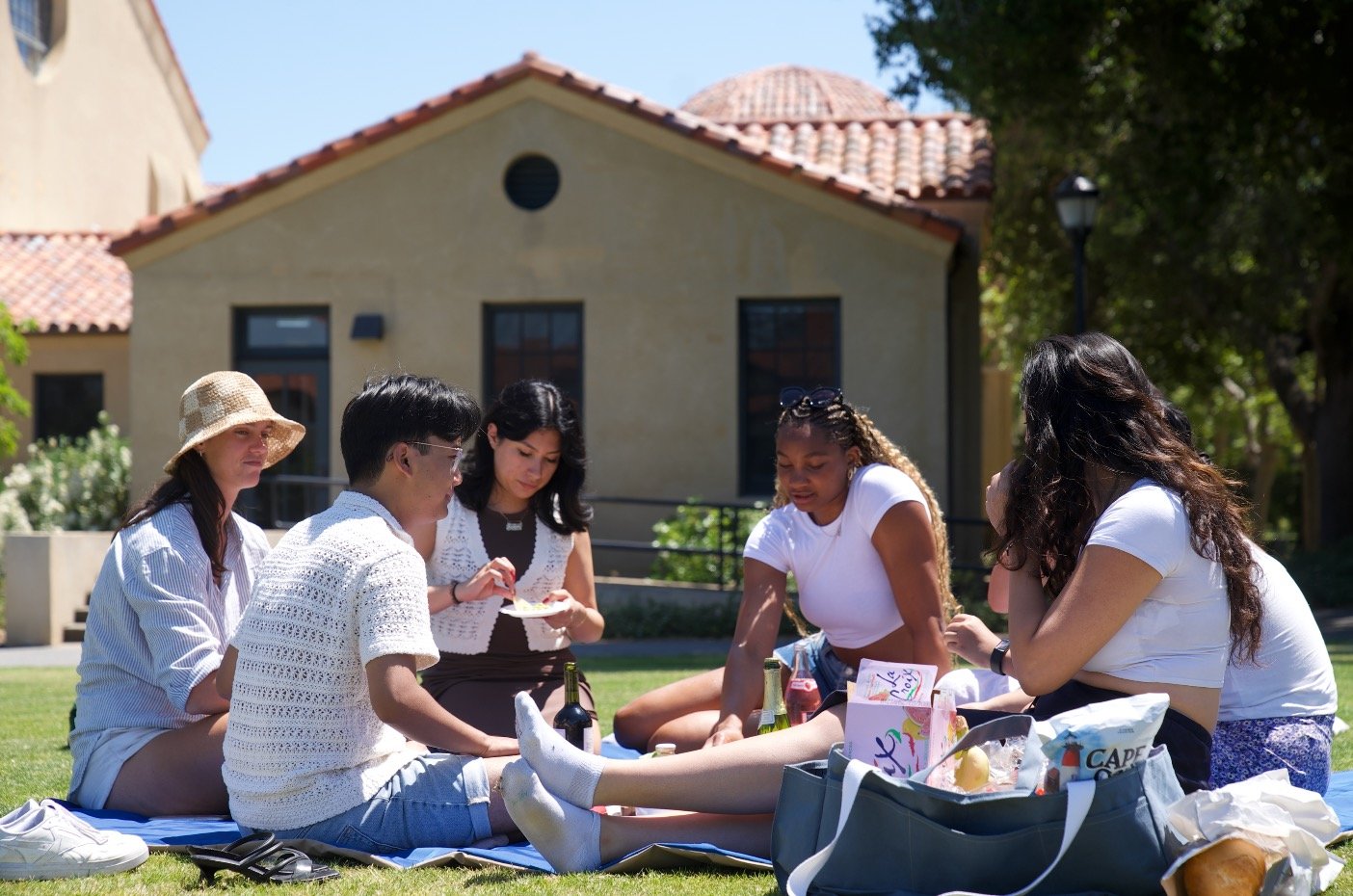Soul
With this senior capstone project, the only prompt we had was to create something in the 20 weeks we had. The world was our oyster, and with that we used all we had learnt in the 4 years in Product Design to come up with something that would make a difference, however big or small.
Needfinding
As most things start, we began with needfinding. With this we took to the streets (of Stanford campus) to interview the people we were designing for, on the hunt for a bit of direction.
Ideation
We went back and forward, and round and round in circles to figure out what community meant, sifting through what we had found through our user research, and pin pointing the area we could come in and solve a problem.
Prototyping
Once we had the general direction for where we were heading and what the overarching need and problem was, we prototyped and prototyped and prototyped until we came up with the solution to fit our problem.
Needfinding
My team of six was united around the common want to design for community, however that looked. Other than that, we all wanted to have fun and create something that would put the capital C in capstone, to create something we would be proud of.
We identified that our target audience would be college students, as these were the people we would have easiest access to. From there we did what we knew best, interview. We asked a variety of questions surrounding community, including what their favourite places on campus were and why. Through our synthesis we identified that people go to different spaces to be reminded they are more than a student.
People want to be reminded that they are people. We also found that the physical environment sets the expectation for how to behave.
Ideation
After finding the need, we had to figure out the direction to go as there are so many ways in which people can be reminded they are people. We landed on the idea of connection, and how people connect with each other. Worked with the idea of creating intentional invitations before realising the common theme of picnics came through all of our discussions. Why? There was something about picnics that stood out to us, and it didn’t take long for us to identify that our team goals of having fun and designing for community aligned with the vibes of a picnic. The next steps were to find the mismatch between the idea and the reality of picnicing.
Why the Picnic?
informal
outdoors
unlimited space
unlimited people
Prototyping
Our first group picnic brought to light all that was wrong with picnics. First of all there was not enough space for everyone to sit comfortably on the blanket. We also had to bring multiple bags to fit everything in.
Over following research picnics, we found common trends and behaviours. These included a circular seating arrangement around the food which was almost always placed in the centre. Drinks were closer to peoples bodies, and the bags were on the outside of the blanket or on the grass. We also found that the conversations differed depending on how people were sitting, being that when seated more comfortably or sprawling the conversations were deeper, while a more rigid position held more small talk. Clusters were also created as small groups huddled around the blanket they could fit on.
It was this clustering and relationship between conversation and sitting position that went against the community that picnics were supposed to be creating. Here was where the problem lied, how can you create a product that provides community while also being easy on the host? That is where SOUL was born.
The physical environment sets the expectation for how to behave
〰️
The physical environment sets the expectation for how to behave 〰️
Blanket
We needed to create a blanket that was large enough to fit 6 people sprawling or 8 people sitting comfortably. By prototyping with tape on the ground we found these dimensions, and we put our friends on the ground to test it out, ensuring there could be conversation from the longer ends of the blanket without needing to shout.
By rounding the edges we removed extra material that is never actually used, as well as prompting users to sit in a shape around the centre of ‘food’, a behaviour we had noticed occured during our research.
The next step was to find the right material. Something that was waterproof for the bottom, a top layer that could be wiped easily in case of any spills and something that was comfortable on the skin. After a variety of samples and discussions with our coach Amyel, we decided on a custom coated Taslin that met our requirements while also looking great and at the premium standard we wanted for the product.
Once the shape, size and material were finalised we produced our first higher fidelity prototype in Amyel’s studio, using his knowledge to help us work out the flaws and to actually create the blanket. From here it was testing the product, finalising the colours and producing the final prototype.
Bag
We knew that picnics have multiple elements: blanket, food, drinks, utensils, speaker, etc. These are often brought by the person who is hosting the picnic, so needs to be carried together. We found that there were no products on the market that provided specific space for this. There were picnic baskets that fit a small number of things, however nothing to carry the amount of stuff required for our 6-8 person picnic. Hence, we made it. We redesigned the picnic bag. We gathered inspiration from the market tote and weekender bags, each of which had specific pockets for certain things, while being comfortable and aesthetic.
Our first prototype, made from paper, helped us work out the size of the bag, keeping in mind the size the blanket would fold in to and what other elements we needed to include for the perfect picnic. With adjustments made to create a designated blanket pocket and the choosing of materials, we produced a higher fidelity prototype in the studio.
We tested this prototype, and found that the size and shape worked amazingly to fit everything we needed. Minor adjustments were made to the pocket sizes and material, then it was onto the production of the final prototype.
Surface
Through our research we found the importance of intentionality behind any event. A low table or surface brings that intentionality into picnicing, while also providing the space for food. Constrained due to the size of the bag and how the surface would fit into the bag, we artificially expanded the surface by adding coasters. These could be placed around the edge of the surface to create a larger surface or to be used to hold drinks closer to the body. This was an element that elevated the picnic experience from the bare minimum to an intentional gathering designed for intentional connection.
The size and shape was initially prototyped with cardboard, providing a cheap and easy material to test the concept. We made minor adjustments to the shape for better folding and storage within the bag then produced a higher fidelity prototype by laser cutting mdf. Testing this gave us confidence in the design, and led to the final prototype produced by laser cutting birch plywood, a high quality product that tied into our premium brand.















